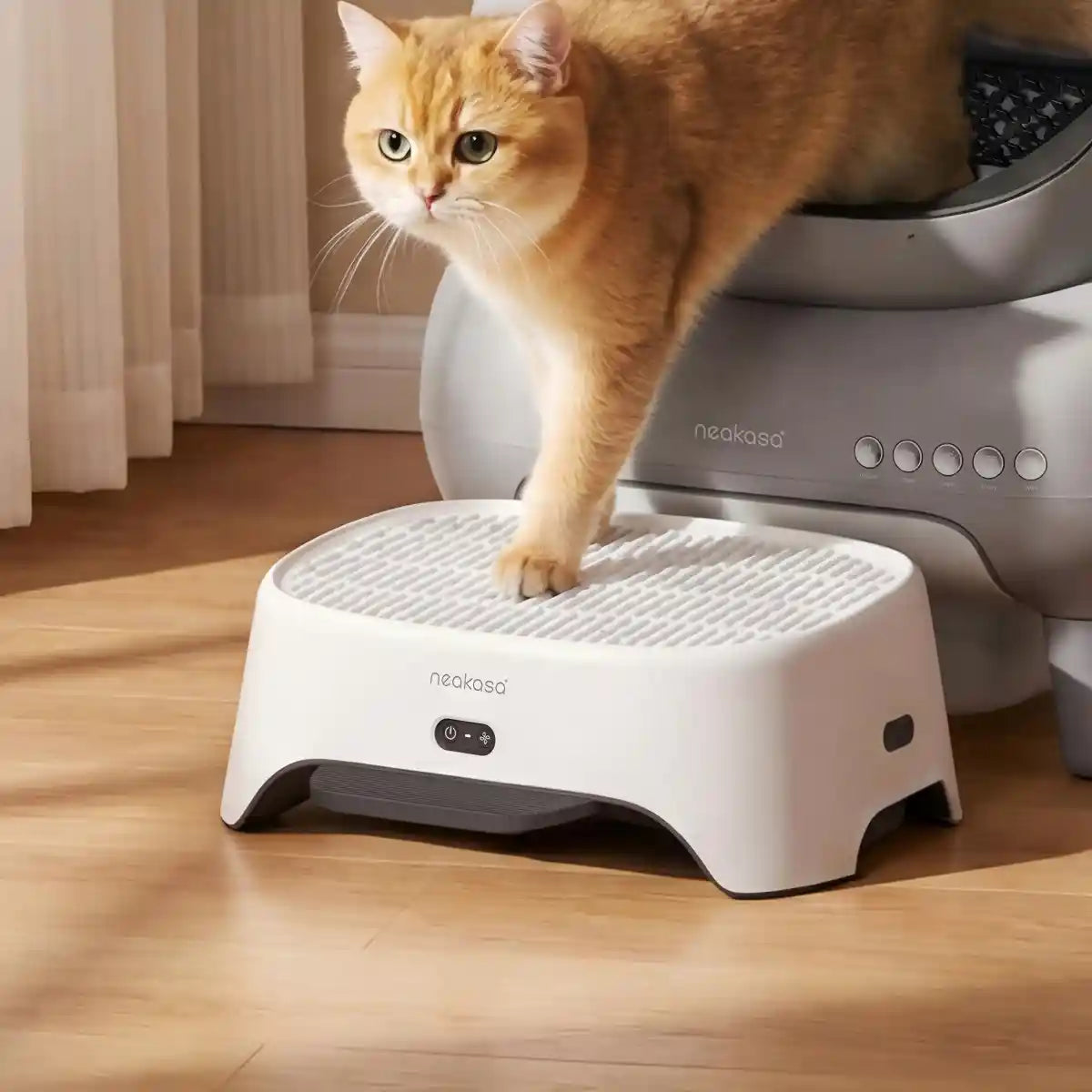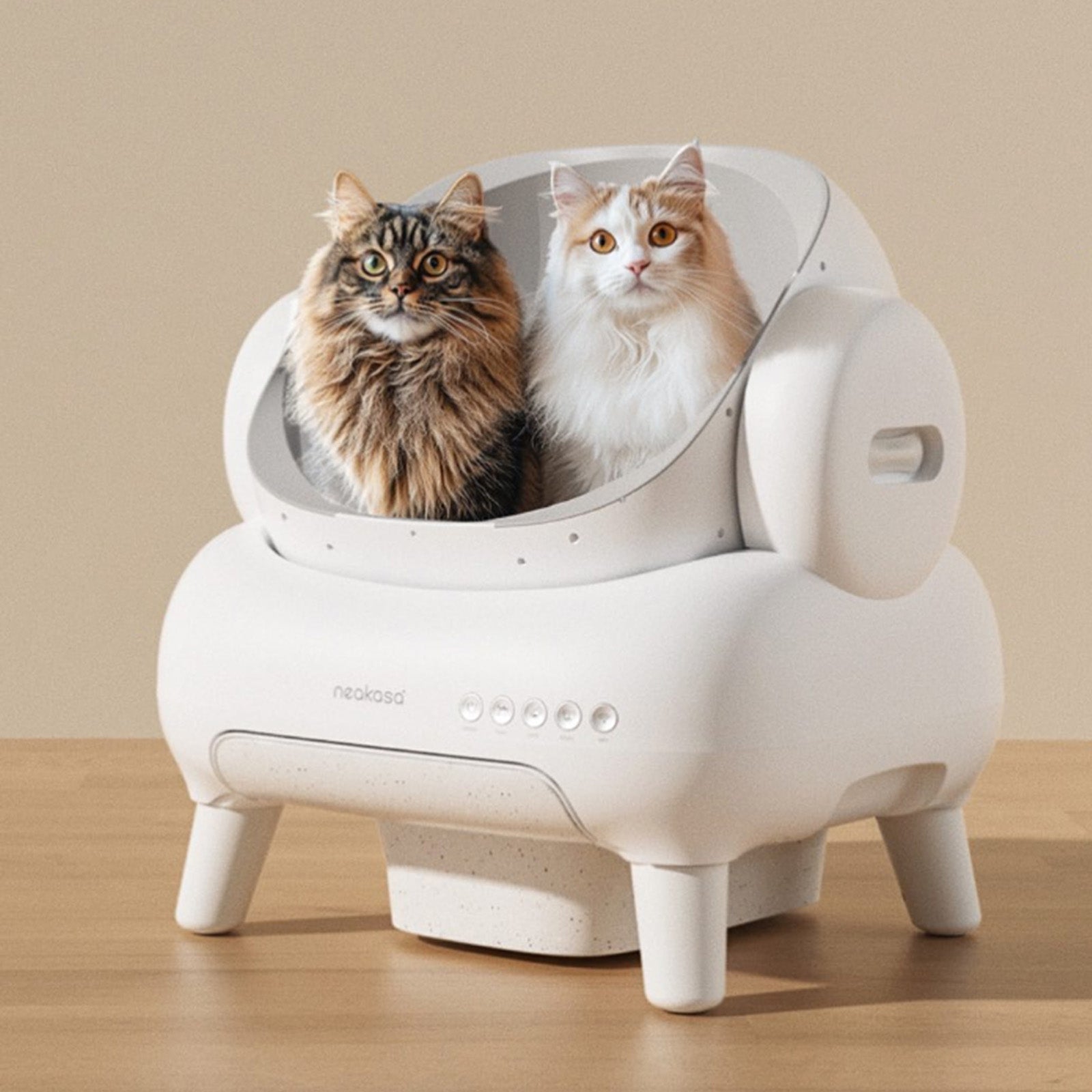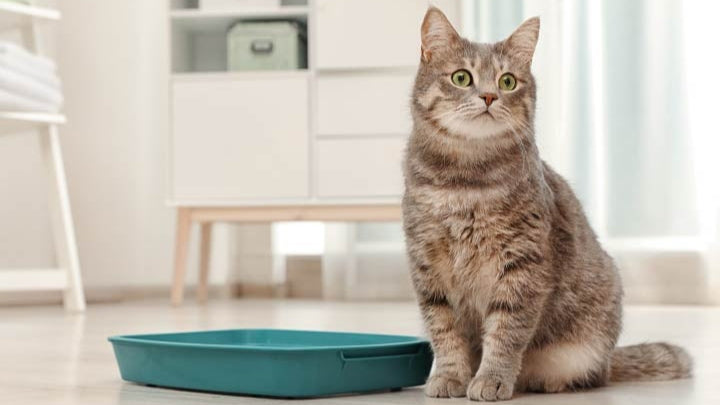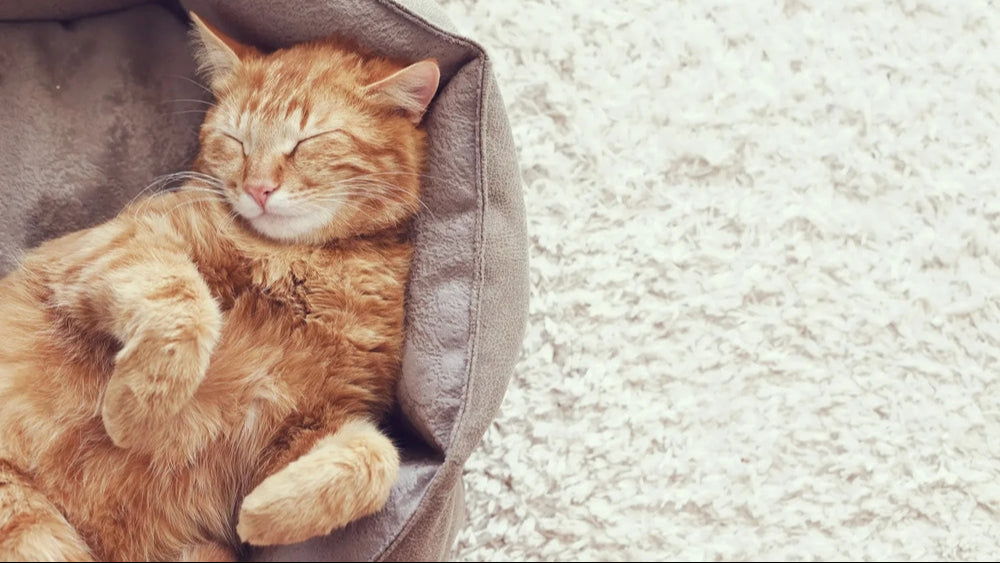How often do cats use the litter box is something many cat parents wonder about. You might notice your cat slipping into the litter box after meals or during quiet moments in the afternoon.
Most healthy cats use it a few times a day, but age, diet, water intake, and stress can affect their routine. Kittens usually go more often, while using the box less or not at all can signal health issues.
In this article, we’ll explain what’s normal and what to watch for to help keep your cat healthy and happy.
Why Litter Box Frequency Matters for Your Cat’s Health
Monitoring how often a cat uses the litter box is an easy yet powerful way to track their overall health. Even small changes in frequency, amount, or behavior can be early signs of illness before other symptoms appear.
Abnormal litter box habits are often linked to common health issues such as:
- Urinary tract infections (UTIs): frequent small urinations or straining
- Kidney disease: increased drinking and urination in the early stages
- Diabetes: excessive thirst and frequent urination
- Digestive problems: constipation or diarrhea affecting box use
Because these conditions can become serious if ignored, veterinarians stress early detection. Litter box behavior is one of the clearest daily indicators of a cat’s well-being.
How Often Do Cats Use the Litter Box on Average
Cats at different life stages have different bathroom routines. Knowing what is typical for adults, kittens, and senior cats can help identify when something seems off.
Typical Daily Frequency for Healthy Adult Cats
According to the Cornell Feline Health Center, most healthy adult cats:
- Urinate 2–4 times per day
- Defecate 1–2 times per day
Small variations are normal, but consistency is key. A sudden increase or decrease in frequency can indicate an underlying health problem that requires veterinary attention.
How Often Kittens Use the Litter Box
Kittens usually use the litter box more often because of their fast metabolism and small bladders. It’s common for kittens to:
- Urinate 5–6 times per day
- Defecate 2–3 times per day
Frequent trips are expected during growth, but skipping the litter box for over 12 hours may signal illness or dehydration.
Senior Cats and Changes in Litter Box Habits
Senior cats often show noticeable changes as their bodies age. They may:
- Use the litter box less often due to reduced food and water intake
- Use it more often if affected by kidney disease or hyperthyroidism
Because older cats are more prone to chronic conditions, regular monitoring is critical.
Factors That Affect How Often Cats Use the Litter Box
Litter box habits are shaped by many aspects of a cat’s daily life, from what they eat to how they feel in their environment. Understanding these influences can help explain changes in behavior.
Diet and Water Intake
Cats on wet food diets typically urinate more often than those on dry food because of higher water content. Proper hydration supports urinary tract health and reduces the risk of crystal formation, a common cause of feline urinary problems.
Stress, Environment, and Territory
Environmental stressors such as a new pet, a move, or routine changes can disrupt normal bathroom behavior. Cats may avoid the litter box if they feel unsafe. Providing a calm environment and one litter box per cat plus one extra can help prevent stress-related issues.
Medical Conditions to Watch For
Frequent urination can be a sign of urinary tract infections or diabetes, while infrequent urination may suggest kidney issues or dehydration. Constipation and diarrhea can also affect litter box frequency. Any sudden or extreme change should be evaluated by a veterinarian.
Signs Your Cat May Be Using the Litter Box Too Much or Too Little
Changes in frequency are not the only sign that something may be wrong. Behavior and posture in the litter box also provide important clues. Look out for:
- Urinating more than 5–6 times a day
- Not urinating for over 24 hours
- Straining, crying, or staying in the box too long
- Avoiding the litter box altogether
- Accidents outside the box
These behaviors may indicate health problems and should be checked by a veterinarian promptly.
How to Monitor and Track Your Cat’s Litter Box Use
Monitoring litter box use does not have to be complicated. Simple routines and helpful tools can make it easier to spot changes.
Tips for Multi-Cat Households
- Provide one litter box per cat plus one extra.
- Place boxes in separate, quiet areas to reduce stress and competition.
- Scoop at least once daily to encourage regular use.
- Observe briefly after meals to link habits to each cat more accurately.
Tools and Smart Litter Box Options
Smart litter boxes are useful for tracking bathroom habits, especially in multi-cat or busy households. Recent studies show that AI-based monitors can identify individual cats and detect urination or defecation events with over 80% accuracy, helping spot early health issues.
Devices like Petivity use weight sensors and activity tracking to send alerts when patterns change. The Neakasa M1 is a self-cleaning smart litter box that records each use, tracks bathroom patterns in an app, and recognizes multiple cats, keeping the box clean while providing valuable health data.

- No more scooping, hands-free.
- Safe and easy with Open-top design.
- Great for cats up to 33 lbs.
FAQs About Cat Litter Box Use
Q1: How often do healthy cats pee each day?
A1: Healthy adult cats typically urinate 2–4 times daily, depending on their diet and water intake.
Q2: How often do cats poop in the litter box?
A2: Most cats defecate once or twice per day, while kittens may go more frequently.
Q3: Is it normal if my cat only uses the litter box once a day?
A3: It can be normal for cats to eat or drink less, but if this is a sudden change or the cat appears uncomfortable, consult a veterinarian.
Final Thoughts on Healthy Litter Box Habits
Knowing how often cats use the litter box helps catch early signs of health issues. Most healthy cats go a few times a day, and sudden changes should be checked by a vet.
Keeping boxes clean and using tools like the Neakasa M1 smart litter box makes tracking easier, helping your cat stay healthy and comfortable.







Leave a comment
This site is protected by hCaptcha and the hCaptcha Privacy Policy and Terms of Service apply.